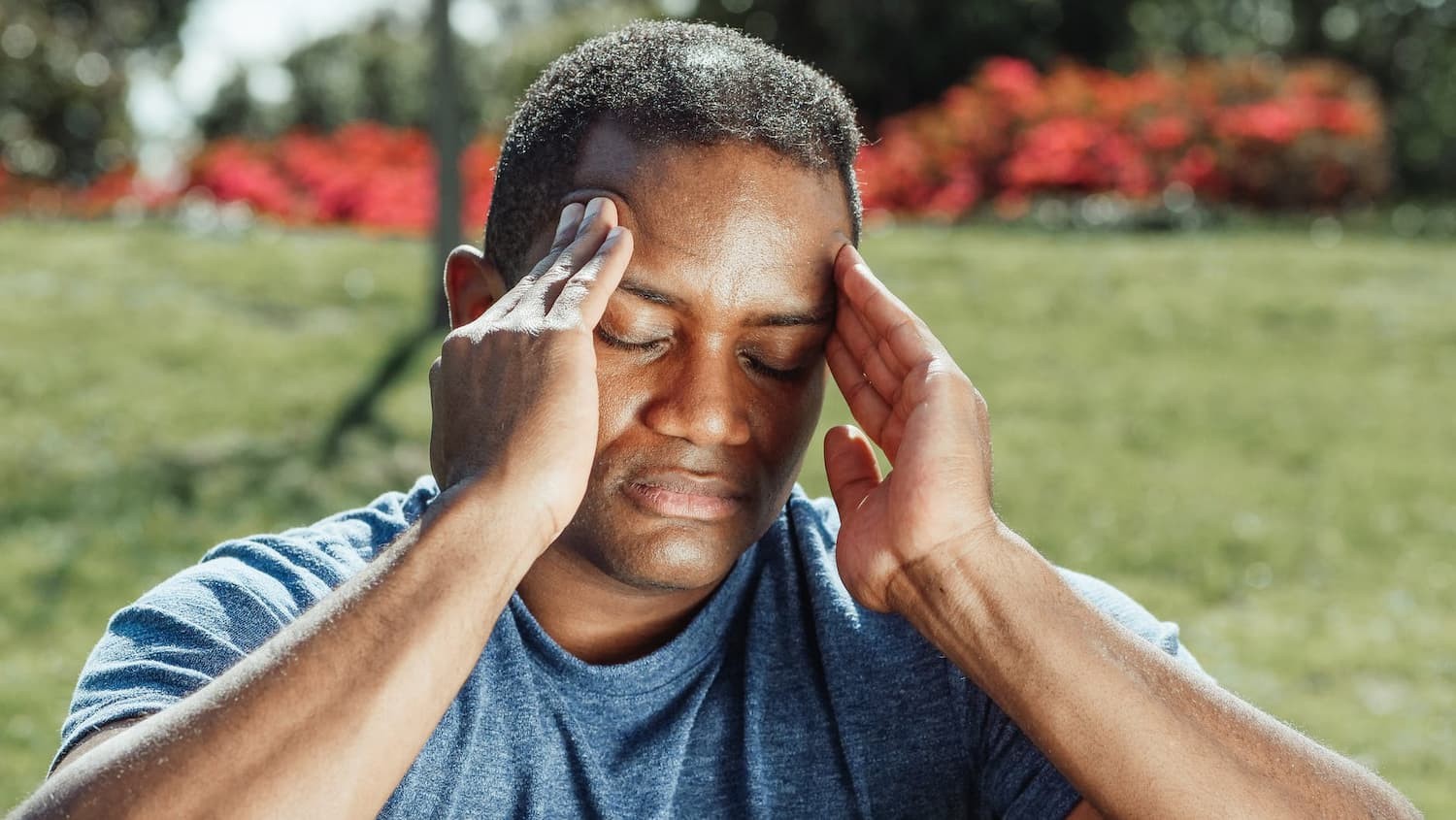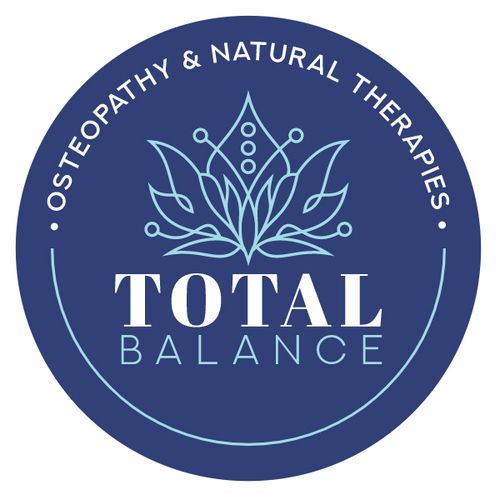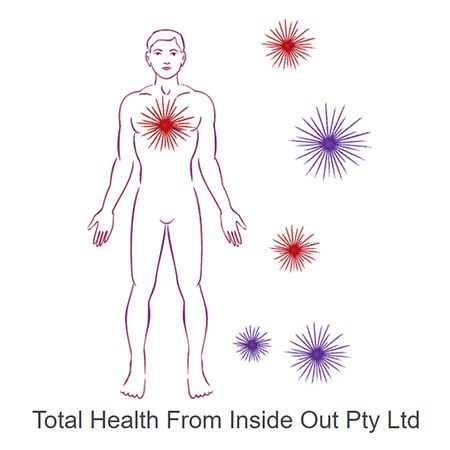
Headaches are very common, with 47% of people having a headache in the past year. This number is even higher for women at 56%. There are many different medications to help with problems like this, but what about non-medication treatments? Osteopathy is one effective treatment for mild to severe headaches.
This article discusses what osteopathy is, what it does to help with the pain associated with headaches, and how you can use osteopathy as a standalone treatment or alongside your current medication to help manage symptoms of a headache.
Causes of Headaches
The most common type of headache originates from the tightening of neck muscles or joint strain in the neck and upper thoracic region. Other causes include:
- eye strain
- sinus congestion
- whiplash injury
- stress
- poor posture
- jaw imbalance and teeth grinding
- infection
- allergies and food intolerances
Four Types of Headaches
There are four main types of headaches: tension headaches, sinus headaches, migraines and cluster headaches. Each type of headache has its own set of symptoms and can be treated using different methods.
Tension headache
Tension headaches are the most common type of headache. They are caused by muscle tension in the back of the neck and head. The pain is usually a dull, aching sensation that is felt on both sides of the head. Tension headaches can be accompanied by pressure sensations, fatigue and difficulty concentrating. They may also cause nausea and vomiting in some people.
Sinus headache
Sinus headaches are one of the most common types of headaches. They are caused by inflammation in the sinuses, which can be triggered by a cold or allergies.
Migraine headache
The symptoms of migraine headaches are caused by what is known as the vascular theory. This theory states that muscle spasms in the blood vessels irritate the scalp and other surrounding tissues, which causes severe pain. Vomiting can also occur with migraine headaches, along with sensitivity to light or sound, as well as an extreme desire for sleep.
Source: The Pharmaceutical Journal
Cluster headache
Cluster headaches are extremely painful and come in short, intense attacks. They are most commonly felt on one side of the head but can sometimes be felt on both sides. A person will usually know when they are getting a cluster headache because it is so severe and will usually last for about an hour. The pain might also be accompanied by a feeling of pressure or tightness around the eyes.
Why is Osteopathy Good for Headaches?
One of the reasons that makes osteopathy among the best treatment options for headaches is that it is non-invasive, meaning there is no cutting or surgery involved. Choosing another form of manipulative treatment could result in scarring if it's not done correctly. Plus, it may require several treatments in order to get relief from chronic pain associated with headaches.
Another benefit of using osteopathy for headache relief rather than over-the-counter medications is that many people find that they feel more relaxed after their treatment sessions. However, this doesn't mean that medication should not be used alongside osteopathy, as it can still be a very effective way to manage symptoms of a headache.
How Does Osteopathy Help with Headaches?
Osteopathic medicine covers a range of manipulative techniques based on the type of headache that is being treated. The treatments that can be used include:
Massage
This osteopathic technique involves remedial massage that focuses on the soft tissues. The osteopath targets not only the tight muscles but also other areas of the body that may be contributing to the pain.
Cranial osteopathy
This method involves relaxation techniques that work by rebalancing your body by focusing on what is known as an osseous relationship. An osseous relationship refers to how your body works together as a group and what effects there may be if one area doesn't work correctly with the rest of the body.
Visceral manipulation
This manipulative technique focuses on what is known as the visceral system, which includes all of the organs in the body, particularly what are called your viscera. This type of treatment involves what is sometimes called a 'guided touch', where the osteopath works with these internal organs to realign them and bring them into harmony.
Strengthening exercise
An osteopath also recommends self-help exercises to align your muscles and joints faster and aid in your recovery.
How Your Osteopath Can Help
Your osteopath will:
- Improve your general mobility
- Improve the mobility of your ribs and thoracic and cervical spine
- Reduce muscular tension, nerve compression and inflammation
- Improve blood supply and drainage to and from the head and neck
- Advise on posture, exercise and stretching to help prevent a recurrence of symptoms
- Offer guidance on diet and hydration
- Advising on improving the ergonomics of your home or workplace
Osteopaths, as primary health care practitioners, are trained to differentiate between headaches with common causes and those due to serious pathology.
You should always seek advice from a health professional, including an osteopath, if you get a headache after a head trauma and/or the headache is getting worse. You should also seek professional advice if the headache is accompanied by:
- fever
- nausea or vomiting
- bleeding or fluid draining from the nose or ears
- dizziness
- double vision
- blurred vision or speech
- numbness, tingling or paralysis
Did you know?
- Headaches are one of the most common medical complaints. A severe headache is rarely caused by a serious underlying disease.
- Your osteopath may be able to assist with treatments that reduce the need for headache medications.
- Your osteopath is a primary health care practitioner with the training and skills to assess your complaint and develop the most effective course of action.
- Your osteopath can assess structural changes that may lead to immobility, pain and dysfunction. Your osteopath will perform a thorough physical examination, including observation and palpation, to form a diagnosis and treatment plan.
What is Osteopathy?
Osteopathy is a form of manual medicine which recognises the important link between the structure of the body and the way it functions. Osteopaths focus on how the skeleton, joints, muscles, nerves, circulation, connective tissue and internal organs function as a holistic unit.
Using skilled evaluation, diagnosis and a wide range of hands-on techniques, osteopaths can identify dysfunction in your body. Osteopathic treatment uses techniques such as stretching and massage for general treatment of the soft tissues (muscles, tendons and ligaments) along with adjustments of specific joints and soft tissues.
In Australia, osteopaths are government registered practitioners who complete a minimum of five years of university education, which covers anatomy, physiology, pathology, general medical diagnosis and osteopathic techniques. Osteopaths are primary healthcare practitioners and are trained to recognise conditions which require medical referral. They are also trained to perform standard medical examinations of the musculoskeletal, cardiovascular, respiratory and nervous systems.
This article was kindly brought to you by the Osteopathy Australia.
Originally published on Nov 10, 2009








